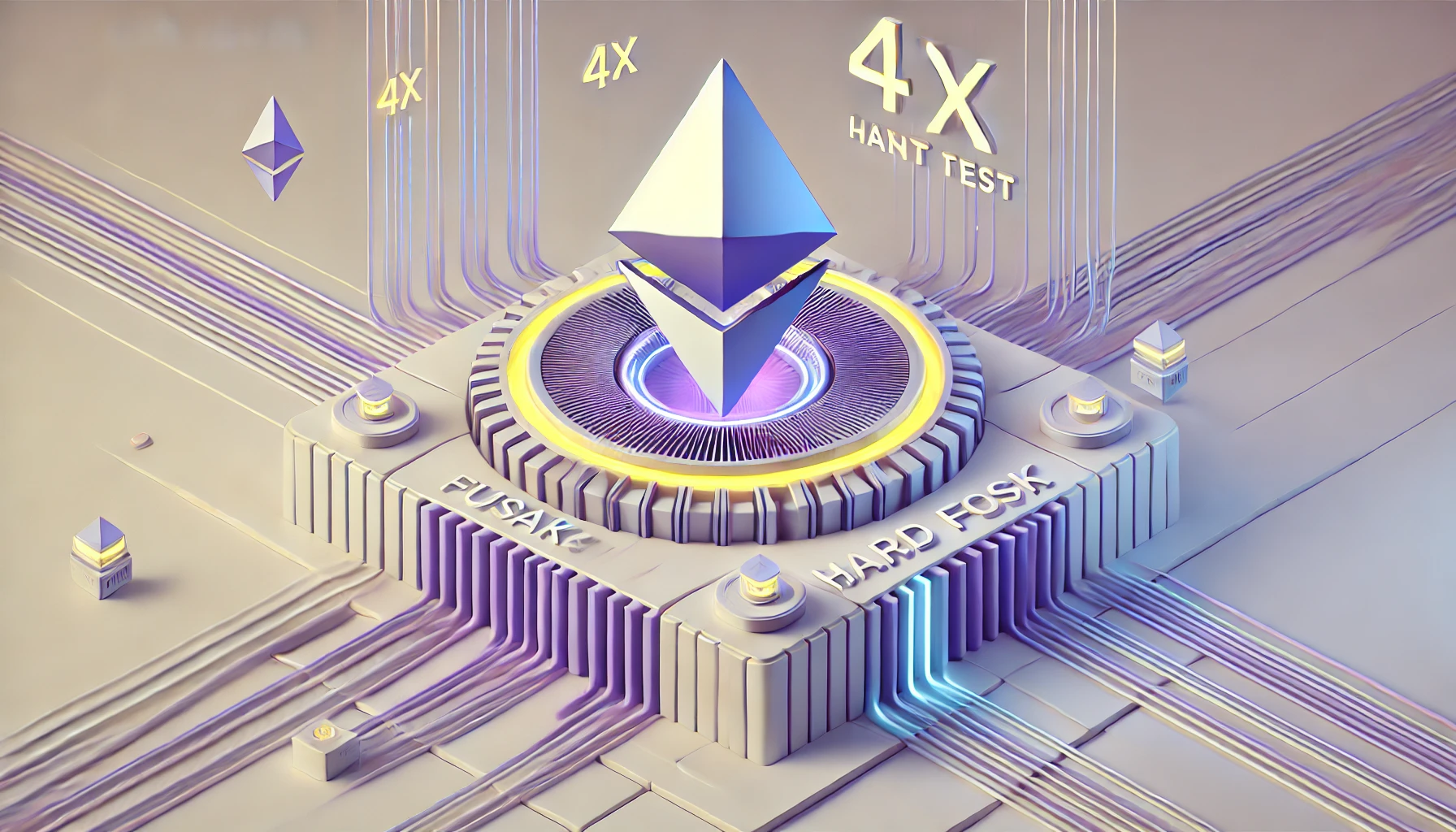What is an algorithm?
An algorithm is the recipe the computer follows to accomplish a specific task. To find out more :
- Simplicity: It breaks down complex tasks into simple steps.
- Universality: It applies to many fields, not just IT.
- Efficiency: Finds solutions in a logical, orderly fashion.
This article explains how to create an algorithm.
Where and how to write algorithms?
You don’t need to be a coding expert to write an algorithm. Here are a few key steps:
- Choice of environment : Paper, whiteboard or development software.
- Clear language: Use simple, precise instructions.
- Test and review: Make sure each step is clear and leads to the expected result.
Visualize algorithms
What is an flowchart?
An algorigram is a graphical tool for visually representing the steps in your algorithm:
- Facilitates understanding of workflows.
- Helps to identify logical errors.
How to create a flowchart
Here are the steps for drawing an effective flowchart:
- Define the steps : Represent each action or decision.
- Use standard symbols: rectangles for actions, diamonds for decisions.
- Connect elements: Arrows to indicate flow.
Algorithm design and implementation
Identify the problem
The first crucial step in creating an algorithm is to understand and define the problem you want to solve. Here’s how:
- Understand the context: Study the environment and conditions in which the problem arises.
- Define objectives: What is the expected result? What are the limitations?
- Collect the necessary data: What information is needed to solve the problem?
Write the algorithm step by step
Once the problem has been clearly defined, the next step is to break down the solution into logical, sequential steps:
- Breakdown into simple tasks: Divide the overall problem into smaller, manageable tasks.
- Sequentiality: Ensure that each step logically follows the previous one.
- Clarity and precision: Every instruction must be clear and unambiguous.
Testing and correcting the algorithm
Once you’ve written your algorithm, it’s essential to test it to make sure it works properly:
- Unit testing: Test each part of the algorithm separately to make sure it works as expected.
- Integration tests: Check that all parts of the algorithm work well together.
- Iteration: Correct errors detected during testing and gradually improve your algorithm.
Practical examples and case studies
It’s always rewarding to see how others have tackled similar problems:
- Analysis of examples: Study existing algorithms to see how they solve specific problems.
- Learn by example: implement these algorithms yourself and modify them to better understand how they work.
Optimization and best practices
How do you improve an algorithm?
Once your algorithm is working, the next step is to optimize it to improve its performance or readability:
- Complexity: Evaluate and reduce algorithmic complexity.
- Efficiency: Improve efficiency by reducing execution time or resource consumption.
- Maintainability: Ensure that the algorithm can be easily modified or extended.
Good programming practices
Adhering to good programming practices is essential to maintaining the quality of your :
- Readability: Write clear, understandable code.
- Reusability: Design parts of your algorithm so that they can be reused in other contexts.
- Documentation: Document your algorithm to make it easier for others to understand and use.
Keep your code clear and maintainable
A good algorithm is one that remains understandable and maintainable:
- Comments: Use comments to explain complex parts of your algorithm.
- Review: Regularly review your code to identify and correct weak points.
- Testing: Set up a test suite to ensure that changes don’t introduce new bugs.
Going further with algorithms
Discover different types of algorithms
There are a wide variety of algorithms, each adapted to specific types of problem:
- Sorting algorithms: Understand the different sorting algorithms and their applications.
- Search algorithms: Explore methods for searching data efficiently.
- Graph algorithms: Study how algorithms can solve graph-related problems.
Resources to expand your knowledge
For those who wish to go further:
- Books and publications: There are many reference books on algorithms.
- Cours en ligne : De nombreux cours sont disponibles pour apprendre à votre rythme.
- Open source projects: Contributing to or studying open source projects can be very instructive.
Communities and forums to exchange ideas
Participating in communities can be very rewarding:
- Specialized forums: exchange ideas with other enthusiasts and experts.
- Hackathons: Take part in events to put your skills to the test.
- Study groups: Learning in a group can be highly motivating and enriching.
Creating an algorithm: Sharing and collaboration
Sharing and collaboration are essential in algorithm development, fostering innovation and continuous improvement.
Sharing algorithms
Exposing your algorithm to the community can bring constructive feedback. Platforms like GitHub allow you to share your work, get contributions and exchange ideas with other developers.
Collaborate on projects
Working in teams on algorithmic projects can enrich your experience. Collaboration offers diverse perspectives and enables you to solve more complex problems by drawing on each other’s strengths.
Evolving through feedback
Consider feedback from your peers to improve your algorithm. Constructive criticism and suggestions can help you refine your approach and develop better solutions.
Conclusion: how to create an algorithm?
Understanding and knowing how to create algorithms is a valuable skill in the world of technology and beyond. Whether you’re a technology enthusiast, a student, an IT professional, or simply curious about the inner workings of computer systems, mastering algorithms opens doors and broadens your horizons.
- Cross-disciplinary skills: Creating algorithms sharpens your logic and problem-solving skills.
- Innovation and creativity: With algorithmic skills, you can design innovative solutions to complex problems.
- Employability: The demand for professionals with algorithmic skills is strong in many sectors.
In conclusion, learning and mastering algorithms are valuable investments in your personal and professional development. Continuing to learn, practice and exchange with other enthusiasts will not only help you hone your skills, but also keep you at the cutting edge of technology. Remember, every great journey begins with a small step. So start creating an algorithm today!
FAQ
What are the first steps in creating an algorithm?
- Clearly identify the problem to be solved.
- Determine the necessary inputs and outputs.
- Break the problem down into smaller, manageable sub-problems.
How can I test the effectiveness of my algorithm?
- Use test data sets to evaluate performance.
- Analyze execution time and resource consumption.
- Compare your algorithm with other existing solutions.
Do you need to know how to program to create an algorithm?
- Knowledge of programming is not strictly necessary to design an algorithm, but it is essential to implement and test it efficiently.
What’s the difference between an algorithm and a program?
- An algorithm is a sequence of instructions designed to solve a problem, while a program is the concrete implementation of an algorithm in a specific programming language.
How can I improve an existing algorithm?
- Analyze and identify bottlenecks.
- Experiment with different approaches to solving the same problems.
- Keep up to date with the latest research and techniques in the field.














